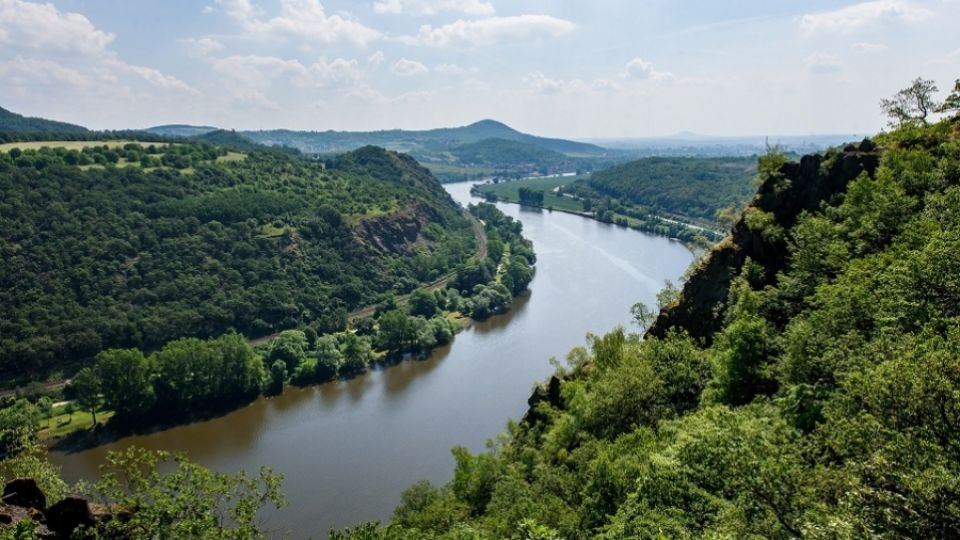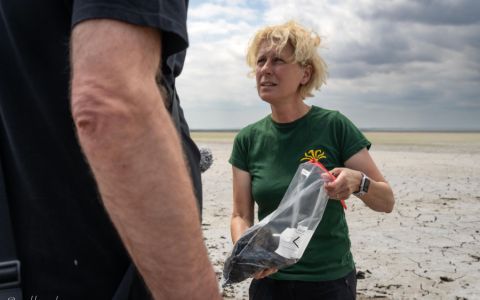Two different countries, similar problems. Moldova, as well as Czechia, heavily modified their watercourses and changed the river landscape, mainly due to intensive agriculture and deforestation. In the time of climate changes, these changes make the people suffer from floods and droughts. Story of tackling rivers pollution in Czechia, however, shows that the issues are solvable. The guidebook published by NGOs Arnika (Czechia) and Eco-TIRAS (Moldova) brings some practical tips of how to help the rivers.
“In Czechia, we can observe significant improvement of the water quality after accession to the EU and due to implementation of the Water Framework Directive (1). European funds helped us to finance extensive projects to restore the rivers. Without it, it would be impossible to achieve such progress in such a short time,” explains Vlastimil Karlik, expert on nature conservation from Czech NGO Arnika and the main author of newly published guidebook (2), designed mainly for the mayors and councillors, but also others interested in the rivers.
Back in 1980s, the villages in Czechia rarely had the wastewater treatment plant, and those of industrial facilities were not effective. As a result, rivers of the country belonged to the most polluted in Europe. After large EU investments, the watercourses became swimmable and the pollution largely disappeared.
“Czechia and Moldova share some problems due to the similar nature of the landscape and the agricultural structure. The problems related to wastewaters require financial resources beyond the capabilities of local communities. Also restoration of the rivers is lengthy and costly process, but it is necessary to start at least at smaller scale. Taking into account Moldova's possible future accession to the EU, we have prepared a brochure summarizing the lessons learned from the implementation of the Water Framework Directive in Czechia,” continues Karlik.
“With the growing manifestations of climate change, we need to learn together how to proceed with the necessary transformation of agriculture to prevent progressive erosion, soil degradation, and decrease damage caused by floods and droughts,” says Ilya Trombitsky, director of Eco-TIRAS, Moldovan network of river keepers.
Notes:
(1) The Water Framework Directive of the European Union came into power in 2000. It is one of the most ambitious pieces of EU legislation, creating a coherent legislative and policy framework for all water-related issues with the ultimate goal to achieve a high level of ecological quality of all European water sources by 2027. https://ec.europa.eu/environment/pubs/pdf/factsheets/wfd/en.pdf
(2) How to understand the EU Water Framework Directive and how it can help to improve the environment:
English language: https://english.arnika.org/publications/water-framework-directive
Russian language: https://arnika.org/ru/water-directive







